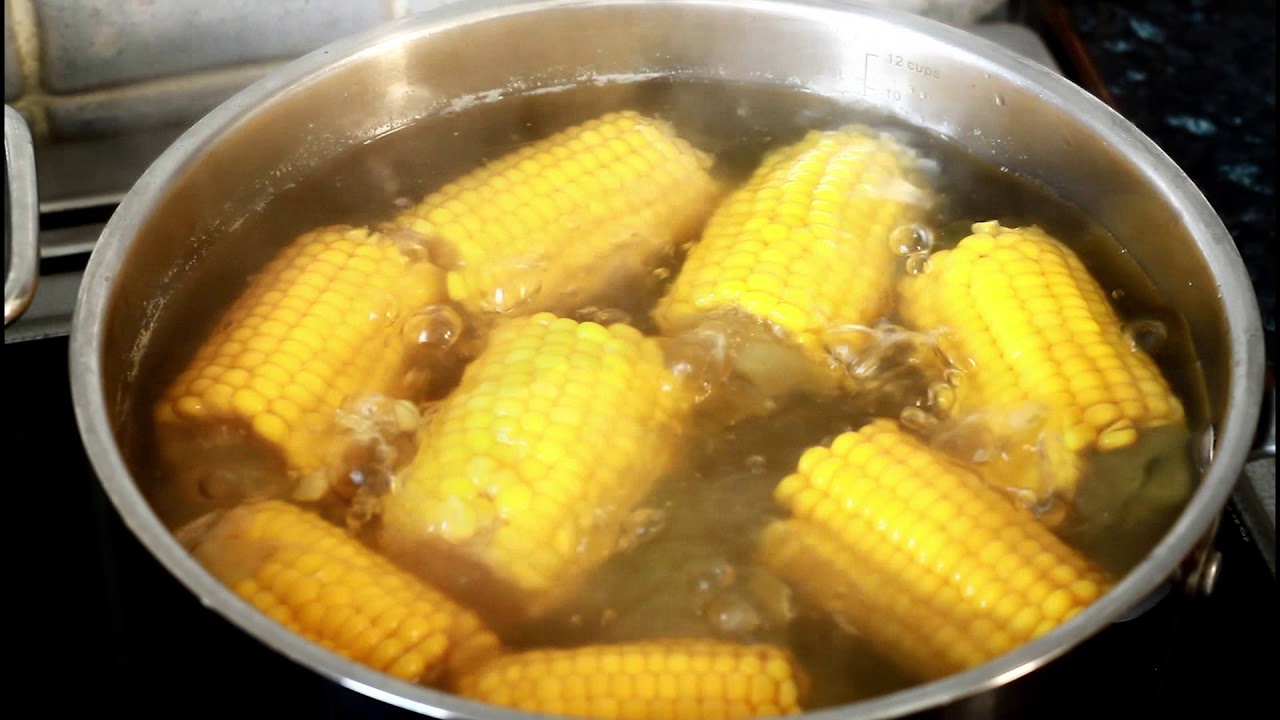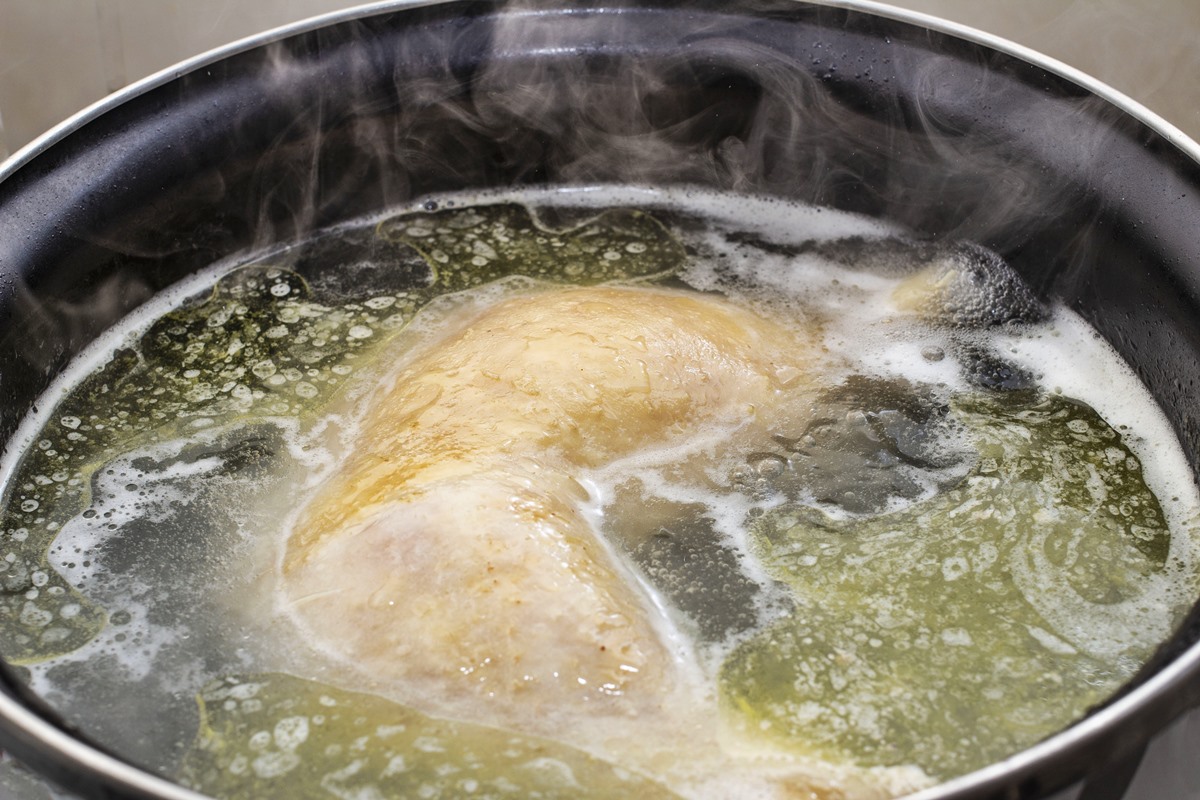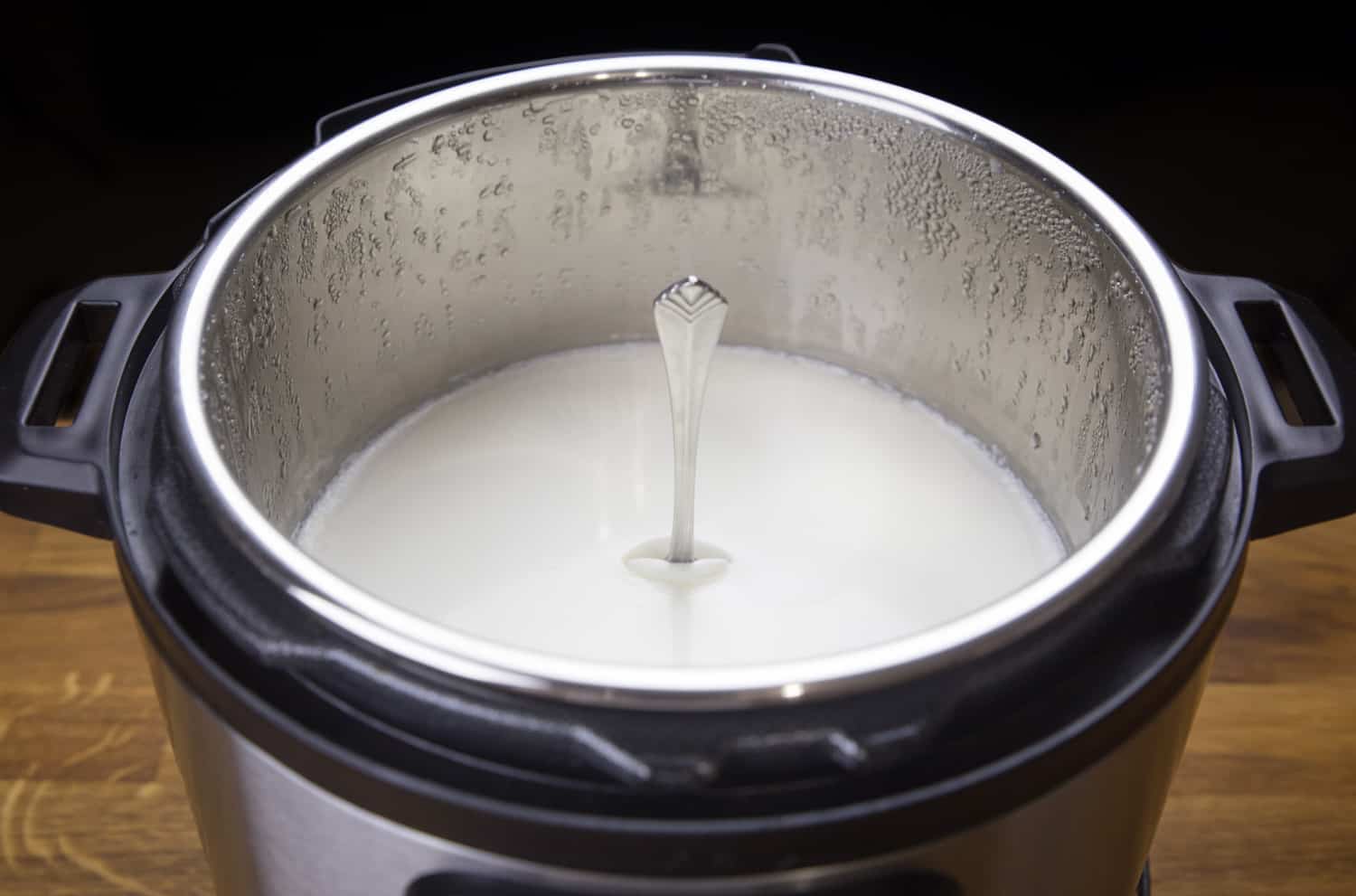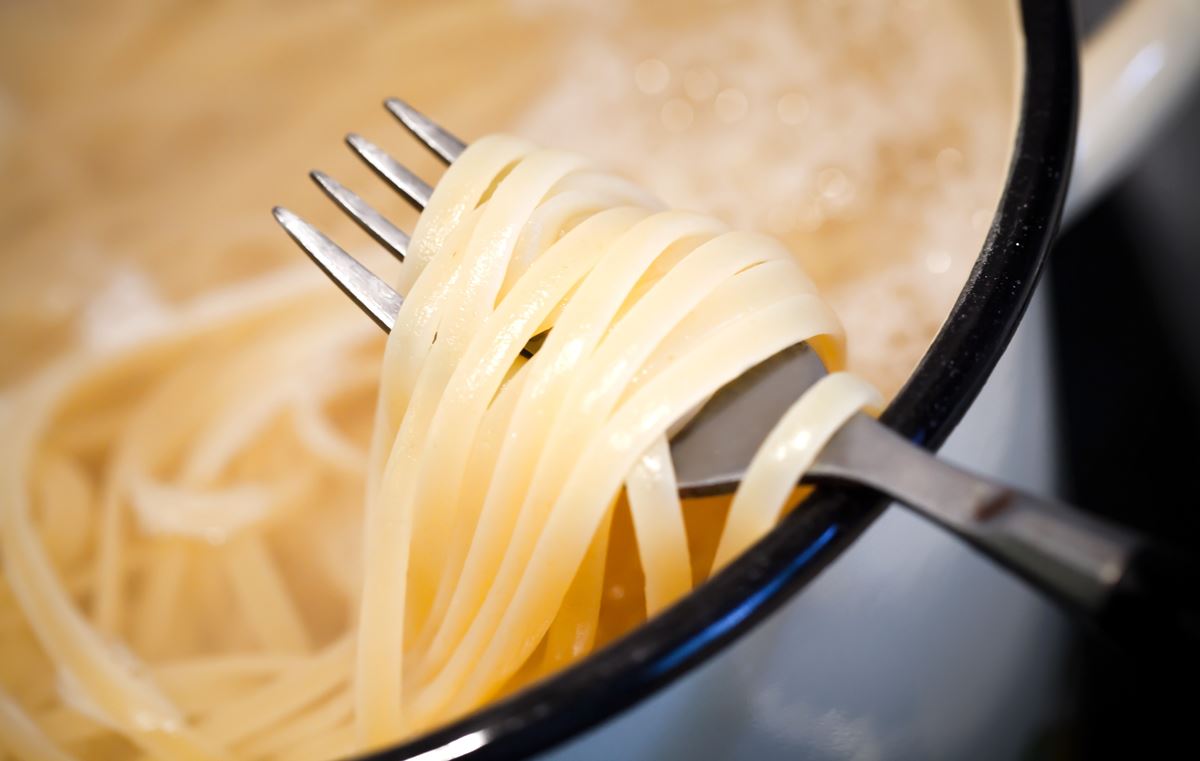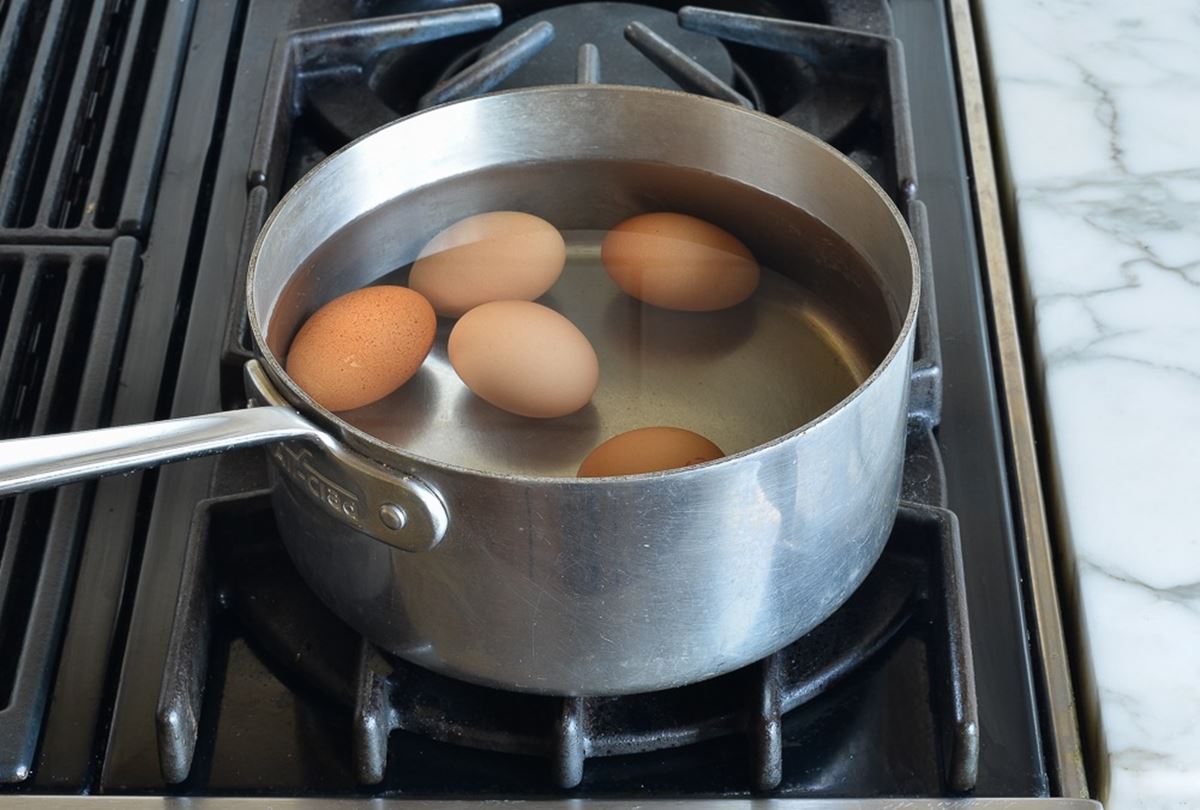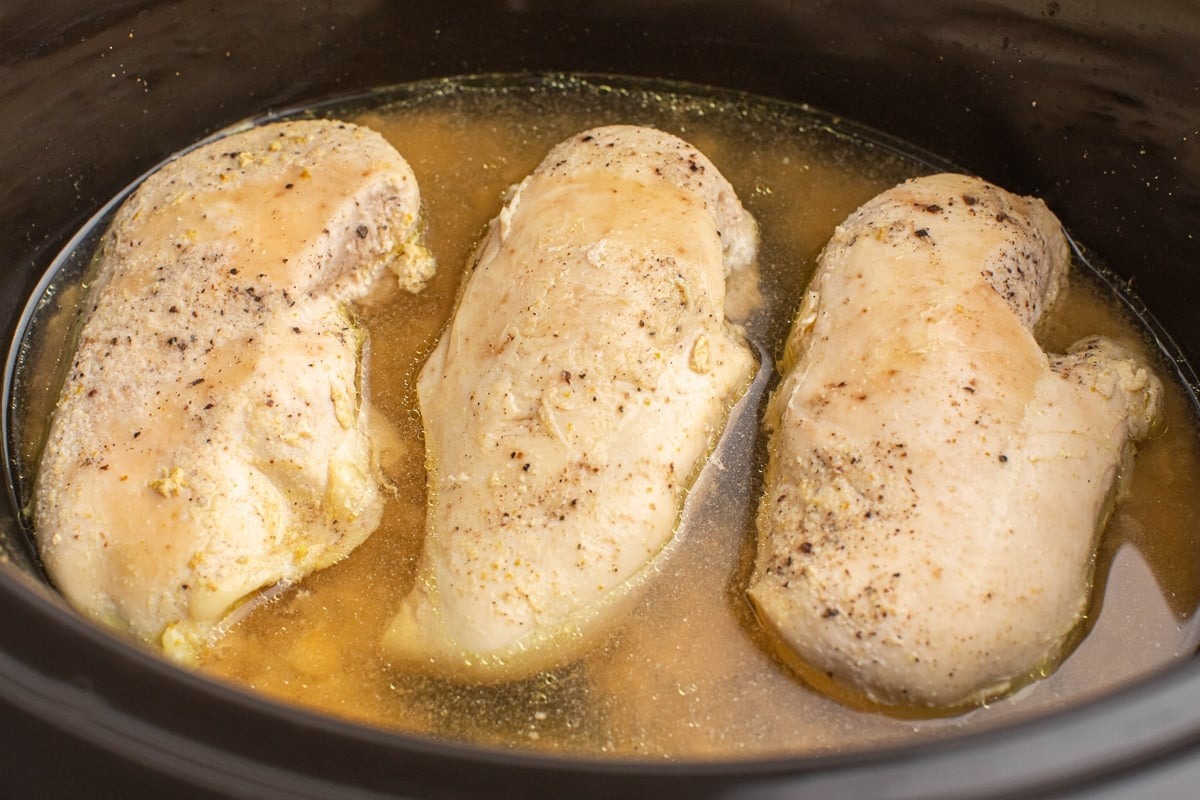Boiling Mustard Greens: A Step-by-Step Guide
Mustard greens are not only delicious but also packed with essential nutrients that can benefit your overall health. Boiling mustard greens is a simple and effective way to cook them, preserving their vibrant green color and crisp texture. In this article, we will walk you through the process of boiling mustard greens, providing you with a step-by-step guide to create a perfect, flavorful dish.
What You’ll Need:
- 1 bunch of fresh mustard greens
- 4 cups of water
- 1 teaspoon of salt
- Additional flavorings such as garlic, lemon, or spices (optional)
Step 1: Prepare the Mustard Greens
Start by selecting fresh, vibrant mustard greens. Look for leaves that are crisp and brightly colored. Wash the mustard greens thoroughly under cold water to remove any dirt or debris. Trim off any tough stems and discard any wilted or discolored leaves.
Step 2: Boil the Water
Fill a large pot with 4 cups of water and place it on the stove over high heat. Add 1 teaspoon of salt to the water and bring it to a rolling boil.
Step 3: Blanch the Mustard Greens
Once the water is boiling, carefully add the prepared mustard greens to the pot. Allow them to cook for about 2-3 minutes, or until they become tender-crisp. Blanching the greens briefly helps retain their nutrients and vibrant color.
Step 4: Drain and Cool
Using a slotted spoon or tongs, remove the boiled mustard greens from the pot and transfer them to a colander. Rinse them under cold water to halt the cooking process and cool them down. Gently squeeze any excess moisture from the greens.
Step 5: Season and Serve
If desired, you can add additional flavorings to enhance the taste of your boiled mustard greens. Consider sautéing some garlic in olive oil and tossing the blanched greens in the mixture. Alternatively, you can squeeze a bit of fresh lemon juice over the greens or sprinkle them with your favorite spices. Be creative and experiment with different flavors to suit your taste buds.
Once seasoned, the boiled mustard greens are ready to be served. They make a delectable side dish to accompany a main course or can be enjoyed on their own. Remember to savor their unique flavor and enjoy the nourishment they provide.
In conclusion, boiling mustard greens is a quick and easy way to cook this nutritious green leafy vegetable. By following these simple steps, you can create a dish that is not only visually appealing but also bursting with flavor and health benefits. Incorporate boiled mustard greens into your meals and elevate your dining experience with this fantastic vegetable. Enjoy!
For those looking to master the art of boiling mustard greens, there are several recipes worth exploring. The Southern-Style Boiled Mustard Greens offers a classic taste, perfect for anyone seeking comfort food. If you enjoy a bit of meat in your greens, try Mustard Greens with Bacon and Onions or Boiled Mustard Greens with Smoked Turkey for a flavorful twist. Garlic Sautéed Mustard Greens and Mustard Greens with Garlic and Anchovies provide a robust garlic punch that's hard to resist. For a lighter, yet equally delicious option, Boiled Mustard Greens in Chicken Broth is a great choice. If you prefer something more eclectic, Curried Boiled Mustard Greens and Asian-Inspired Boiled Mustard Greens with Soy Sauce bring an international flair to the table. For a heartier meal, the Mustard Greens and Potato Mash or Mustard Greens and White Bean Stew are excellent picks. Lastly, Boiled Mustard Greens with Pine Nuts and Raisins and Boiled Mustard Greens with Caramelized Shallots offer a sweet and savory combination that's sure to impress.
Was this page helpful?
Read Next: How To Boil Pork Chops On The Stove
